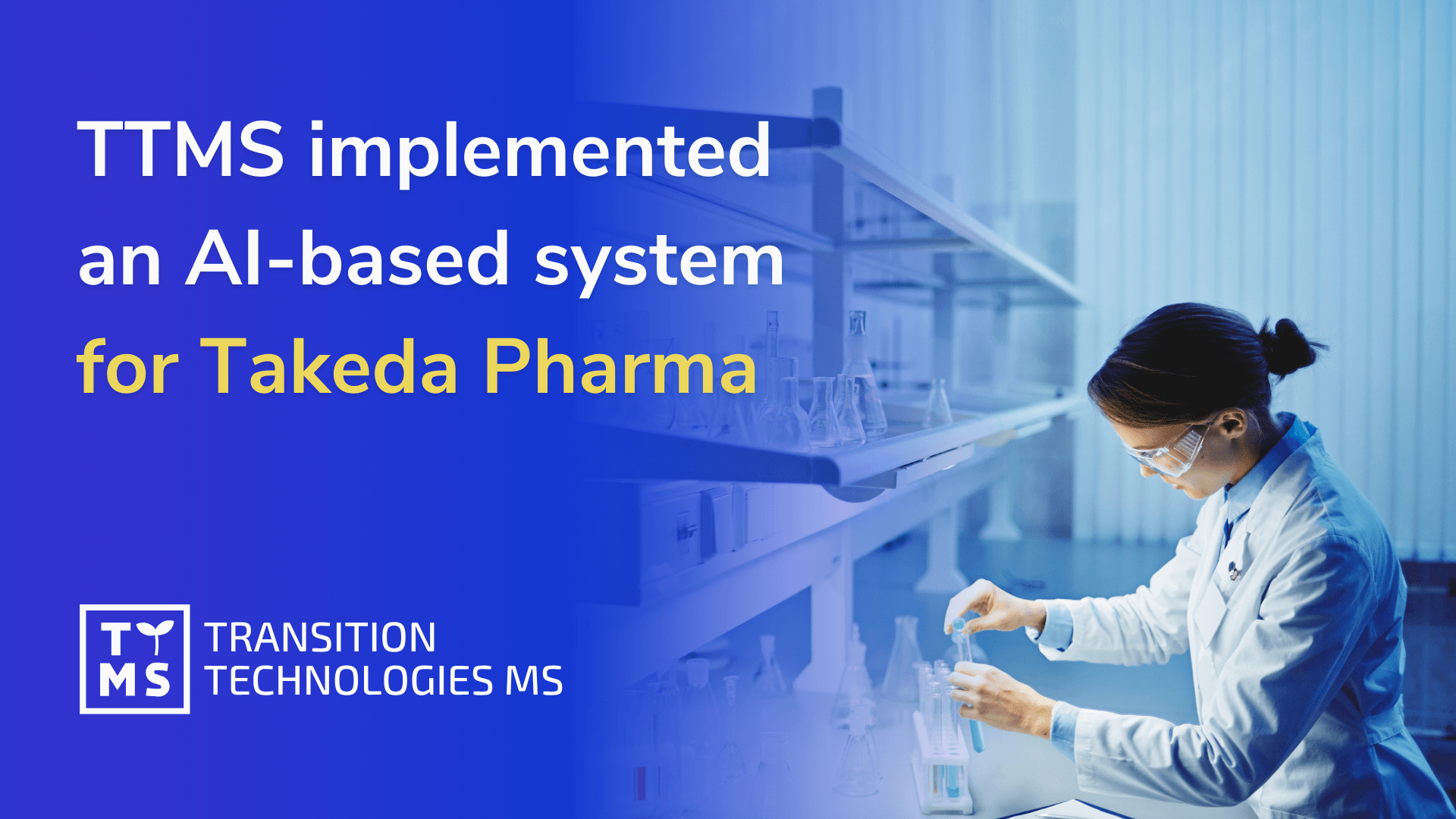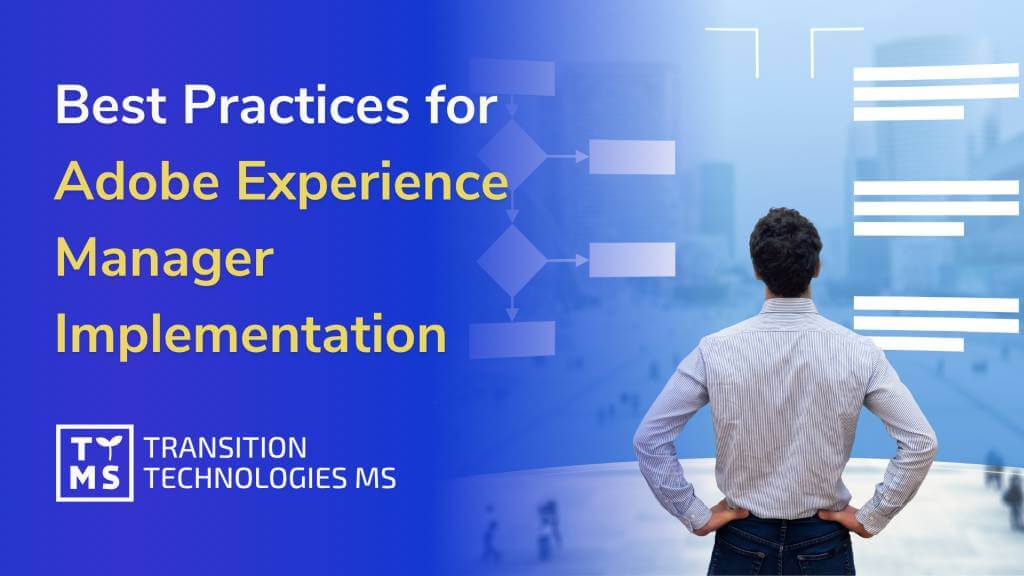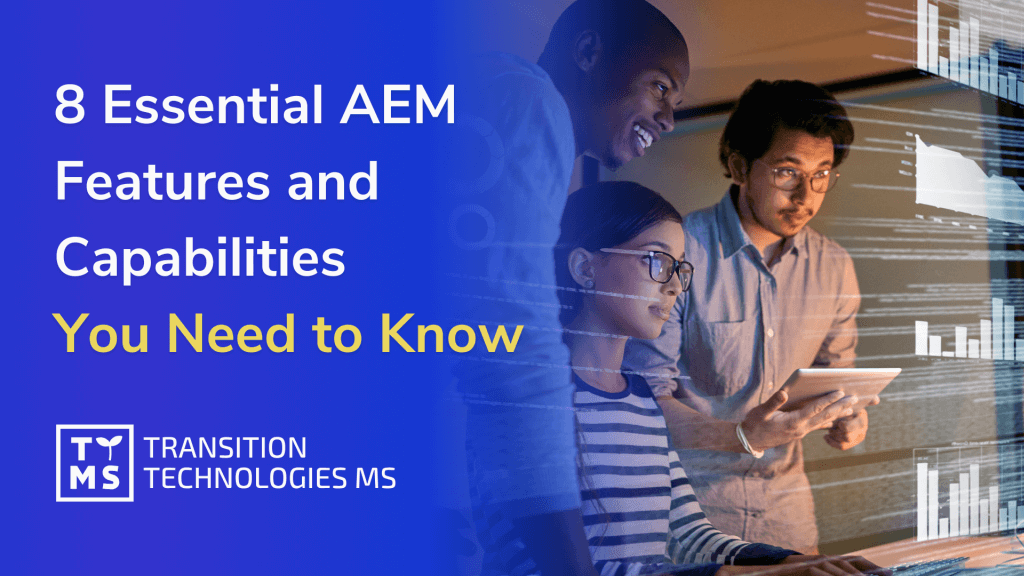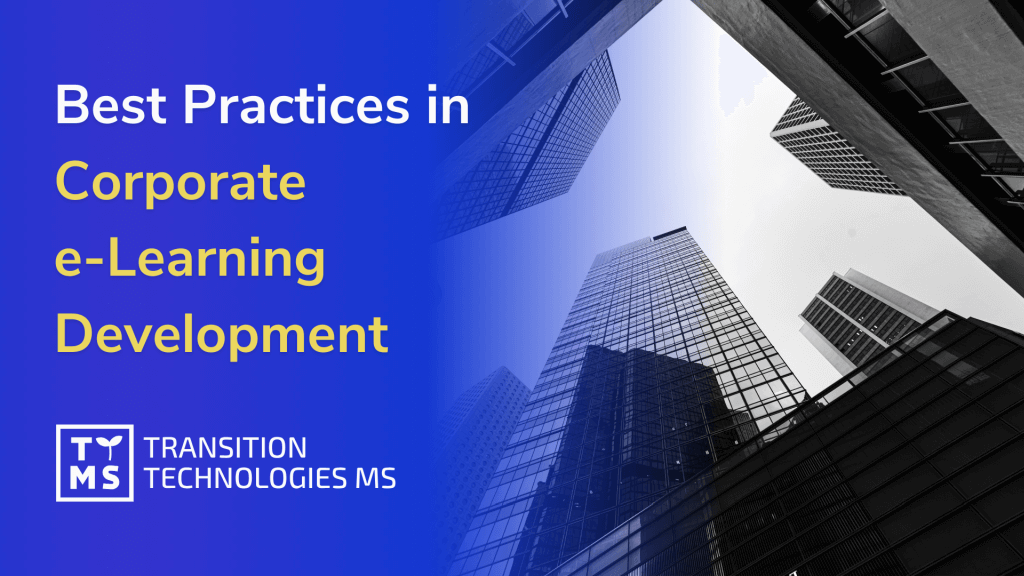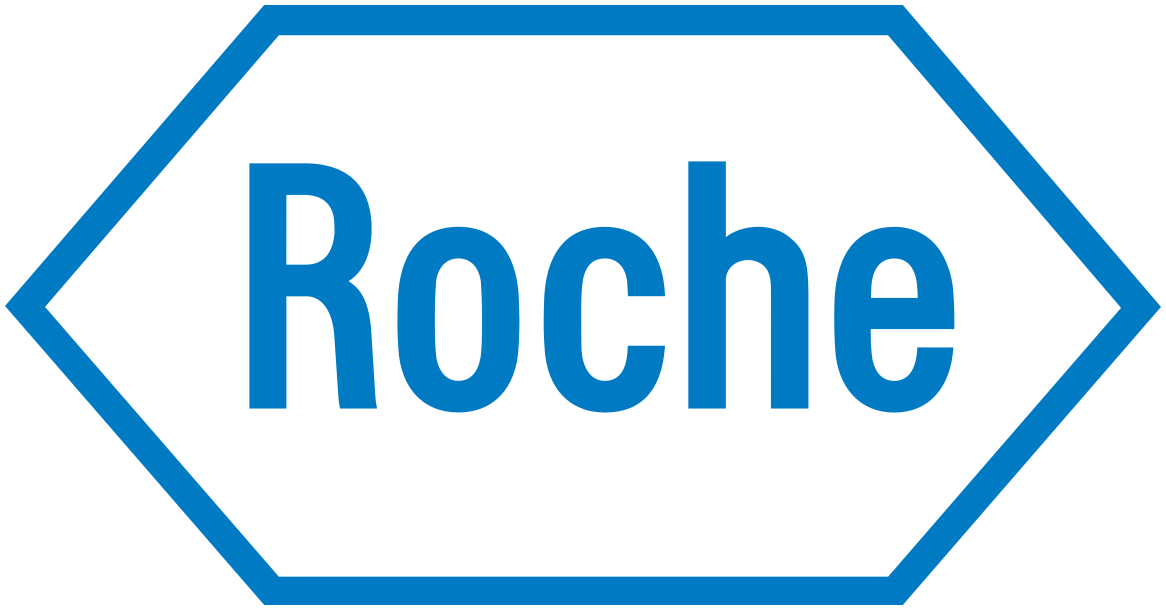Is Webcon an ERP system? No, but it can do the same or even more with a little of our help.
The ERP (Enterprise Resource Planning) system for many entrepreneurs is a panacea for all problems related to logistics, orders, sales, and maintenance statistics, e.g., inventory. They have many functions that help modern companies to do their daily tasks. However, they are not dedicated to everyone. There are many ERP class systems. Currently, the most popular on the market are MS dynamics, SAP ERP, Enova, and CDN XL. However, the ERP system is not sufficient if we need document circulation within the company.
This problem is solved by DMS (Document management systems) or BPM (Business process modeling) systems, which easily and simply ensure the fluidity of information in a brief time. They can also find the so-called Bottlenecks in the company’s business processes. One of the DMS class systems is Webcon BPS. Its primary function is standardizing processes and their dissemination in the organization’s structure.
Certainly, ERP class systems have several advantages, such as:
- A real chance to reduce labor costs,
- Greater control of business processes in the company,
- Quick access to archived data,
- Order in documents (at least apparent ),
- Easier access to business information,
- Up-to-date database.
All these benefits make managers very eager to implement tools of this type. They are optimistic about improving productivity and increasing profits or saving time.
However, during the launch of the resource management system, it turns out that there is a lack of implementation of smaller functionalities or previously undefined requirements that are not built into the tool or do not agree with the selected implementation model. In this case, we often face a dilemma: should we write an added extension that fulfills a given need? Do you choose any other solutions that meet our assumptions?
Writing every extra line of code is time-consuming and costly. Anyone who has ever taken part in a project of building such solutions, knows this. Typically, companies no longer want to invest in extensions or new software. This is associated with more costs and time, which will be needed for later implementations. Due to this stalemate, processes can get stuck in one place, generating a lot of business problems. Then it is worth considering the third way, i.e., a tool that will fill the gaps and thus make the process smoother.
Webcon BPS is one such tool complementing unsuccessful ERP system implementations. Webcon allows us to take full advantage of the data produced directly or indirectly in business processes. This means that the built-in functions allow you to better use the data you have and supplement it with the missing information, e.g., by:
- using document generation,
- communicating with external systems,
- using mailboxes to send and receive mail,
- requiring proper data at indicated process steps.
Of course, there are more of these functions, and we can use them to expand our processes and the implementation of business goals. However, I think we will show it best with two selected examples we have outlined below. Let us move on to the first practical use of the combination of these solutions. The case we want to discuss is the need to separate access to systems for diverse groups of users. In a situation where certain groups of employees cannot have access to the ERP system, but still have the information needed to process resources correctly, collecting such information via e-mail or telephone calls without automation would be very time-consuming and ineffective. Such data should be collected automatically through right processes and sent back to the ERP system, which at the same time would allow access to archival data, because “nothing is lost in nature.” Let us imagine that the company has 5 branches (3 in Poland and 2 in Germany). Each of them has its warehouse with equipment and available consumables. Only the warehouse management team has access to the system, but employees should be able to submit applications for equipment or consumables.
The same application could be designed in the system, but the ordering process requires handling:
- Acceptance according to the structure of departments – it does not correspond to AD relations
- Line-item availability verification:
- Out of stock -> calling up a purchase request
- Available in another warehouse -> request for transfer between the respective warehouses
- Available on-site -> handover for preparation and release
- Updating information in ERP about transfer between warehouses release from the magazine assignment to an employee
As you can see, the mere management of the inventory and the possibility of settling purchase invoices, in this case, do not fully cover the requirements in the “as is” system.
This is where the Webcon BPS platform helps, thanks to the fact that we can design the order submission process and perform some verification activities for each of its elements. Their results can be transferred to the ERP system for data update. In this way, we ensure data consistency and the convenience of the user’s work. By reducing the time spent on manual updates of changes or placing orders. The described case could be presented in a simplified diagram that assumes an optimistic version without considering returns, returns, etc., but is sufficient to show how we can fill some missing elements of the process on other systems with Webcon BPS.

The steps marked in green are the place of communication with ERP, and the rest are the steps of the process carried out in Webcon.
The process makes it possible to complete the missing communication actions simply and transparently. In addition, changes in the process and adding next steps are quick to implement, while in the case of ERP it is often necessary to perform a significant modification or even“customization” to the system, which is very time-consuming and expensive. That is why Webcon works well here, as it is oriented towards business processes, but still gives full possibilities of data exchange with other systems.
An example of such action and cooperation between Webcon – ERP system is e.g., the process of collecting, for example, equipment from the warehouse for the needs of an employee. In order to issue materials, warehouse transfers, or approval of items in the warehouse, documents with specialized names are always generated, such as Receipts from outside (GRN), External issues (WZ), Inter-warehouse transfers (MM), and orders (ZM). Filling out such applications in the ERP system can be difficult due to the (frequent) complexity of the functions and the entire system. Integration with a DMS or BPM class system such as Webcon BPS can significantly simplify this.
Now imagine a situation where a new person is hired. From the very beginning, he must fill in specific warehouse documents, without being able to navigate through the ERP system used by a given company. Webcon solves this problem. Thanks to a correctly configured application, we can significantly facilitate the work of both new and previously employed employees. Instead of looking for a specific tab with specific documents in the ERP system, as is the case in other systems, you can design a dashboard in Webcon that will correspond only to the indicated documents.
In the middle of such a panel, there can be a start button for a specific issue and reports from already processed documents.
Forms for each document can be individually configured, which allows for flexibility of the solution, and not one specific format imposed by the ERP system. Finally, after obtaining all the necessary information, system events (actions) can be performed, which, using the ERP system API will send data to the domain system.
Webcon is a tool for processing applications and checking them, collecting them in reports (for archival purposes). While ERP acts as a container in which such documents are stored.
While writing this paragraph, another idea came to my mind in the context of the ERP – Webcon warehouse connection. CHECKING CORRECTNESS or QUANTITY of documents. There may be situations where in one system (e.g., in this target – ERP) data may disappear. The result is a problem in the warehouse. The quantity on the racks does not match the system quantity. It is in vain to look for the culprit, but the easiest way is to blame it on … the System. The culprit may be a temporary lack of response from the website, errors when calling the API, network errors, etc. A helpful solution may be a specific notification to the user issuing the document about the correct booking in the ERP system and additional verification based on the number of documents in system A and system B.
Returning to the step “Placing an order in ERP”, we can address the next stage of our Webcon ERP connection. After entries about the need to order a given equipment or consumables, based on this information, the quantities to be purchased are determined. At the ERP level, they would be grouped by the employee into proper purchasing groups, which would be transferred to the purchasing process in Webcon.
Based on the group in which they were inserted, an order offer for the warehouse to be completed would be automatically generated and sent to selected companies (e.g., those with whom contracts are signed). Then the process would wait for the offer to be sent back, i.e., for the sent e-mail. After receiving the message, the process would continue. Such action is usually beyond the standard for most ERP systems. For Webcon, this is one of the native functions. After consenting to the purchase, the information on the planned cost would be added, and after receiving the invoice, it would be connected to the system as part of the data read from the document. Of course, the inventory levels would be updated according to the purchasing needs.
As you can see in the examples above, Webcon is a powerful addition to ERP systems. Implementation within the designed models or available functionalities is quite pleasant. However, when we need to expand their capabilities, it often turns out to be quite complicated. And more importantly, with every system update, you need to verify or rewrite this extension from scratch.
The examples described above are only usage models. They show the connections between the systems and the functional use of the Webcon BPS system in connections. We can multiply such examples infinitely, which also proves the competence of the implementation team. To the above descriptions, we can add examples with ERP integration – Webcon BPS based on e.g., vacation requests, but more on that in the next article. Webcon BPS is a very flexible tool that can interact with several types of systems – if only we “tell” it how. So, we will properly configure data sources and set actions triggered by eg time, event or a signal. This type of system can be an incredibly good complement to the company’s IT backup. There is no need to hire new developers or create complex systems. This saves you time and money. Employees will be more effective, because the resulting solution, which automates the processes, will make their work much easier. And most importantly, we do not have to worry about an important document disappearing or missing important business information.
Contact the authors:
Hubert.Chadaj (at) ttms.com
Cezary.Rzucidlo (at) ttms.com
Similar articles:
